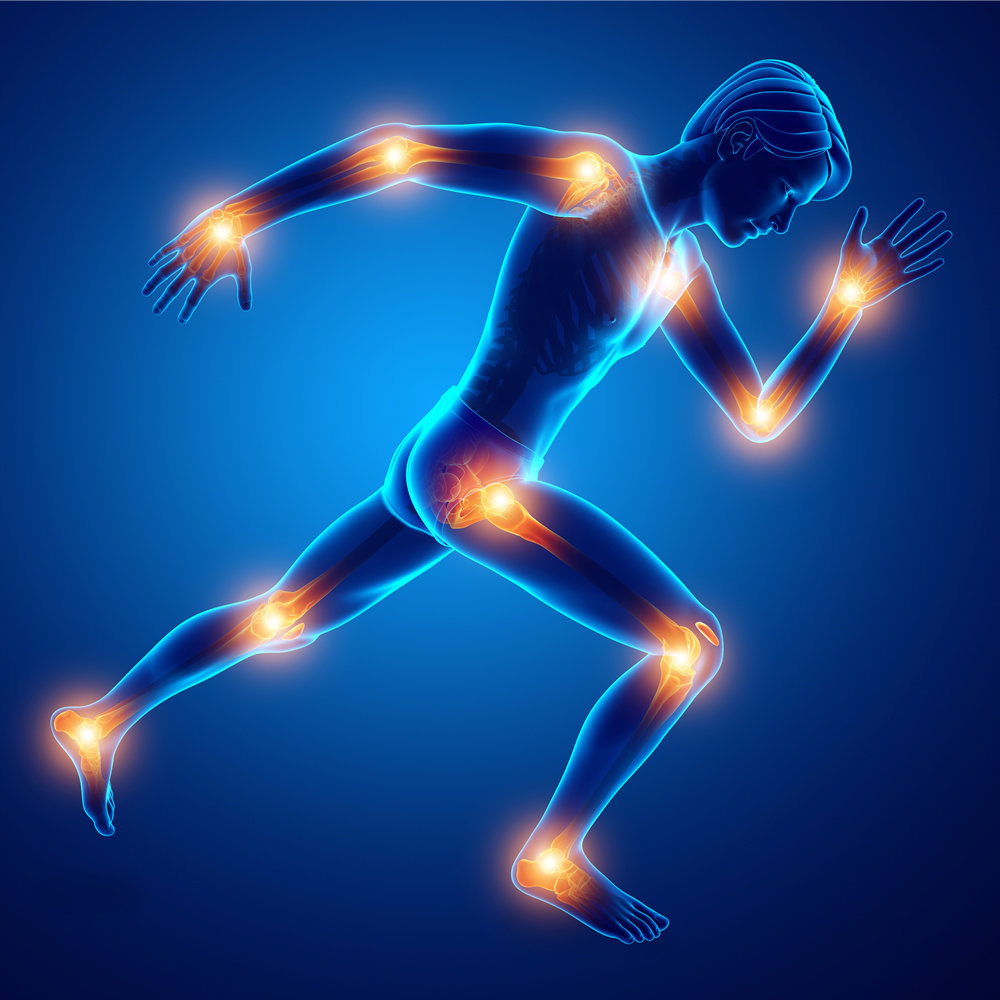Department Introduction

Examples of people who aided the development of modern orthopedic surgery were Hugh Owen Thomas, a surgeon from Wales, and his nephew, Robert Jones.[4] Thomas became interested in orthopedics and bone-setting at a young age and, after establishing his own practice, went on to expand the field into general treatment of fracture and other musculoskeletal problems. He advocated enforced rest as the best remedy for fractures and tuberculosis and created the so-called 'Thomas Splint', to stabilize a fractured femur and prevent infection. He is also responsible for numerous other medical innovations that all carry his name: 'Thomas's collar' to treat tuberculosis of the cervical spine, 'Thomas's manoeuvre', an orthopedic investigation for fracture of the hip joint, Thomas test, a method of detecting hip deformity by having the patient lying flat in bed, 'Thomas's wrench' for reducing fractures, as well as an osteoclast to break and reset bones.
Thomas's work was not fully appreciated in his own lifetime. It was only during the First World War that his techniques came to be used for injured soldiers on the battlefield. His nephew, Sir Robert Jones, had already made great advances in orthopedics in his position as Surgeon-Superintendent for the construction of the Manchester Ship Canal in 1888. He was responsible for the injured among the 20,000 workers, and he organized the first comprehensive accident service in the world, dividing the 36 mile site into 3 sections, and establishing a hospital and a string of first aid posts in each section. He had the medical personnel trained in fracture management.[5] He personally managed 3,000 cases and performed 300 operations in his own hospital. This position enabled him to learn new techniques and improve the standard of fracture management. Physicians from around the world came to Jones’ clinic to learn his techniques. Along with Alfred Tubby, Jones founded the British Orthopaedic Society in 1894.
During the First World War, Jones served as a Territorial Army surgeon. He observed that treatment of fractures both at the front and in hospitals at home was inadequate, and his efforts led to the introduction of military orthopedic hospitals. He was appointed Inspector of Military Orthopaedics, with responsibility over 30,000 beds. The hospital in Ducane Road, Hammersmith became the model for both British and American military orthopedic hospitals. His advocacy of the use of Thomas splint for the initial treatment of femoral fractures reduced mortality of compound fractures of the femur from 87% to less than 8% in the period from 1916 to 1918.[6][7]
The use of intramedullary rods to treat fractures of the femur and tibia was pioneered by Gerhard Küntscher of Germany. This made a noticeable difference to the speed of recovery of injured German soldiers during World War II and led to more widespread adoption of intramedullary fixation of fractures in the rest of the world. However, traction was the standard method of treating thigh bone fractures until the late 1970s when the Harborview Medical Center in Seattle group popularized intramedullary fixation without opening up the fracture.
The modern total hip replacement was pioneered by Sir John Charnley, expert in tribology at Wrightington Hospital, England in the 1960s.[8] He found that joint surfaces could be replaced by implants cemented to the bone. His design consisted of a stainless steel one-piece femoral stem and head and a polyethylene, acetabular component, both of which were fixed to the bone using PMMA (acrylic) bone cement. For over two decades, the Charnley Low Friction Arthroplasty and its derivative designs were the most-used systems in the world. This formed the basis for all modern hip implants.
The Exeter hip replacement system (with a slightly different stem geometry) was developed at the same time. Since Charnley, there have been continuous improvements in the design and technique of joint replacement (arthroplasty) with many contributors, including W. H. Harris, the son of R. I. Harris, whose team at Harvard pioneered uncemented arthroplasty techniques with the bone bonding directly to the implant.
Knee replacements using similar technology were started by McIntosh in rheumatoid arthritis patients and later by Gunston and Marmor for osteoarthritis in the 1970s developed by Dr. John Insall in New York utilizing a fixed bearing system, and by Dr. Frederick Buechel and Dr. Michael Pappas utilizing a mobile bearing system.[9]
External fixation of fractures was refined by American surgeons during the Vietnam War but a major contribution was made by Gavril Abramovich Ilizarov in the USSR. He was sent, without much orthopedic training, to look after injured Russian soldiers in Siberia in the 1950s. With no equipment he was confronted with crippling conditions of unhealed, infected, and malaligned fractures. With the help of the local bicycle shop he devised ring external fixators tensioned like the spokes of a bicycle. With this equipment he achieved healing, realignment and lengthening to a degree unheard of elsewhere. His Ilizarov apparatus is still used today as one of the distraction osteogenesis methods.
Modern orthopedic surgery and musculoskeletal research has sought to make surgery less invasive and to make implanted components better and more durable.


